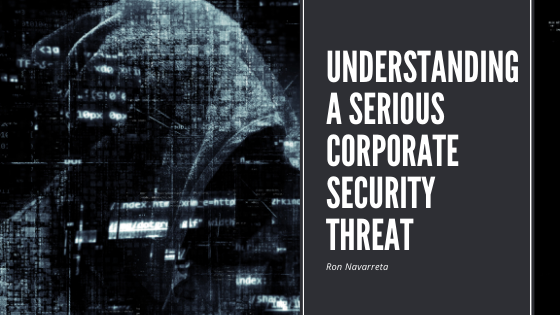If you run a business, you have to be prepared to face a variety of threats, and one of the most important is cybercrime. There’s good reason to be afraid. The amount of damage that a cybercriminal can do is sometimes not even known until it’s too late. According to The Global Economic Crime and Fraud survey, cybercrimes account for the second-largest number of reported economic cases, jeopardizing approximately 32% of corporations around the world.
One of the reasons cybercrime has become so prominent is because of how heavily both consumers and businesses now rely on the internet and internal networks. Cybercriminals no longer simply target tech companies to carry out sinister Denial of Service (DoS) attacks. There are also quiet, back-end data breaches happening within all of online consumerism, goods and services alike. Online, people are exposing valuable personal data such as email addresses and phone numbers while conducting transactions and communicating with others. Customers now have so much data available for the taking that it isn’t hard to attain enough to steal login credentials. Approximately 7-10% of people are victims of identity fraud each year. Corporations, therefore, need to be highly attuned to all of the latest tricks and threats that keep emerging.
Business continuity and system integration are the latest buzzwords in corporate IT security. It is no longer sufficient to have isolated portions of a corporation dedicated to security while other areas are exposed. Systems for both prevention and data recovery are equally vital because if a breach does occur, the response time must be swift and the amount of damage must be as minimal as possible. If possible, operations should be ongoing throughout the disaster recovery phase.
For this reason, many managers are linking their physical facility with software security systems. When multiple security stems are integrated, it is not only more efficient. But also much easier to adapt. One example would be the moment an employee uses their keycard to enter a building. This would signal to all systems and areas of the company the exact level of security clearance for that employee. Likewise, when an employee is terminated, the relinquishing of their badge also disables their access to systems and areas of a facility.

